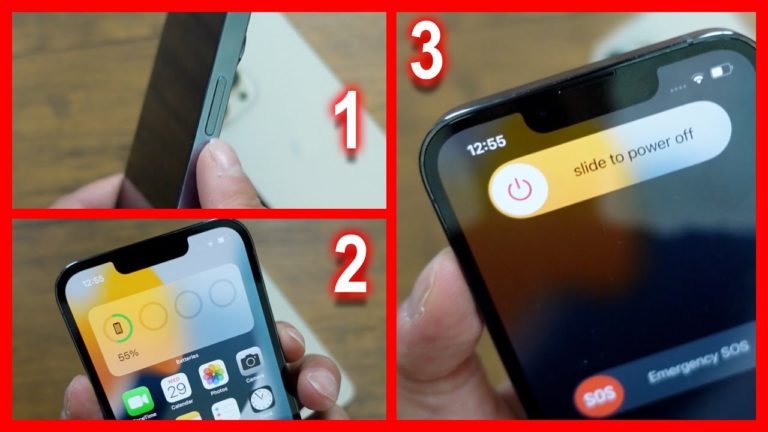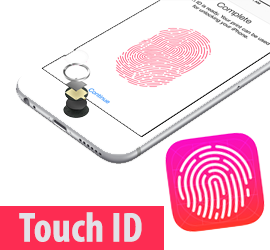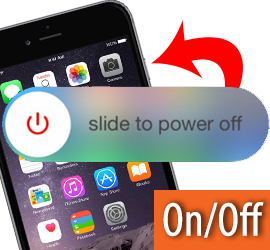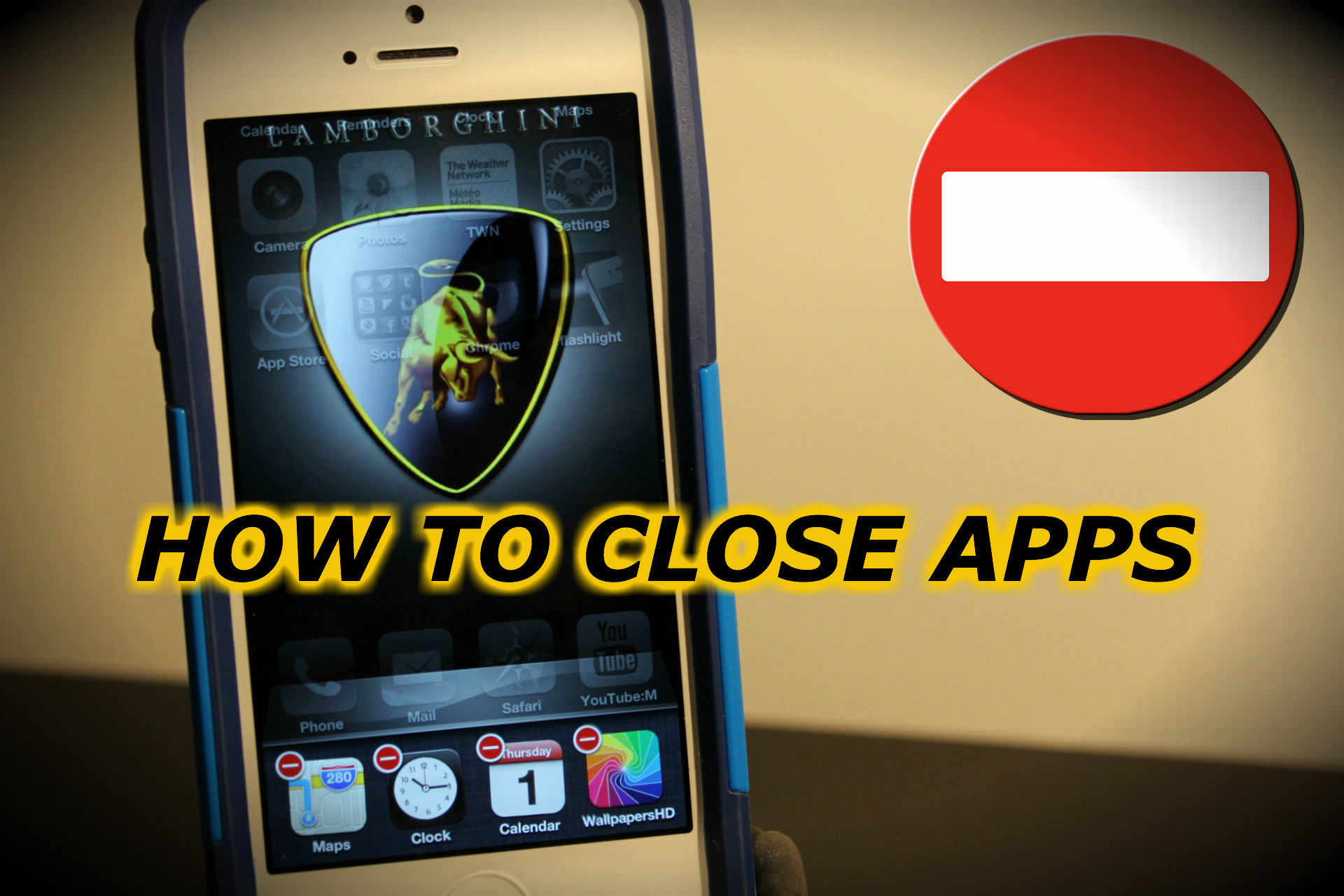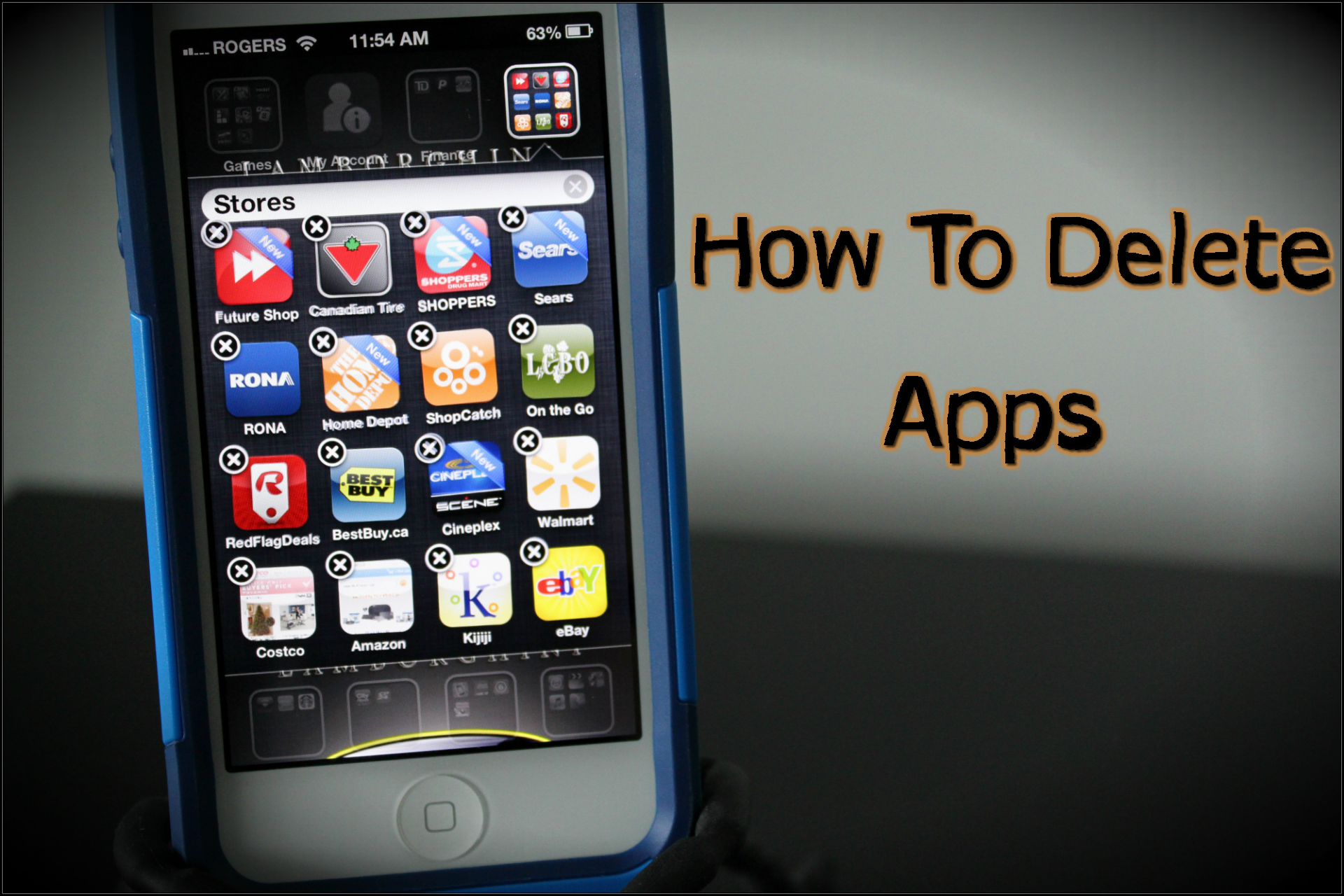Learn how to password lock apps on iPhone and iPad. In today’s digital age, our smartphones are more than just communication tools—they are personal vaults that store sensitive information such as financial data, health records, personal messages, and more. This is why securing your iPhone is crucial to protect your private information from unauthorized access. While the iPhone offers robust security features like Face ID and Touch ID for device access, adding a layer of security by password-protecting individual apps can offer several key benefits.
Enhanced Privacy Protection
Even if someone gains access to your unlocked device, having individual apps password-protected ensures that critical apps like banking, email, and social media remain inaccessible. This additional barrier is especially useful if you often share your phone with family members or friends.
Prevent Unauthorized Purchases and Access
Parents can benefit from password-protecting apps to prevent children from making accidental purchases or accessing age-inappropriate content. It’s also beneficial in professional settings where business apps should not be accessible without the proper credentials.
Safeguard Sensitive Information
Apps like health trackers, financial managers, and personal journals contain sensitive information that should be protected even if your phone is unlocked. Password protection ensures that this data is safe from prying eyes.
Protection Against Device Theft
In the unfortunate event that your iPhone is lost or stolen, app-level protection adds an additional security layer. Even if a thief bypasses the device lock, they would still need to unlock each individual app to access your data.
How to Password Lock Apps on iPhone & iPad

iOS 18 introduces advanced privacy settings that allow users to lock apps using Face ID, Touch ID, or a passcode. Here’s how to do it:
- Update to iOS 18: Ensure your device is running the latest version of iOS
- Password Lock App: Tap and hold your finger on an app until the options appear.
- Select either Require Face ID, Require Passcode or Require Touch ID.
- Confirm when prompted
Once set, your passcode or Face ID will be required to open the app.
How to Remove Password Lock From iPhone Apps
Apps that have password lock enabled will require Face ID, Touch ID or a Passcode to open. In instances where you no longer want this security, you can remove the passcode lock from the iPhone app.
- Tap and hold your finger on an app.
- Tap either Don’t require Face ID, Require Passcode or Require Touch ID.
The app is no longer password protected.
Best Practices for iPhone Security
- Use Strong Passcodes: Avoid simple passwords and use a combination of letters, numbers, and symbols.
- Enable Two-Factor Authentication: For apps that support it, enable two-factor authentication to add an extra layer of security.
- Regularly Update iOS: Always update to the latest iOS version to benefit from the newest security patches.
Password-protecting apps on your iPhone is a simple yet effective way to enhance your device’s security and privacy. By implementing this feature, you can have peace of mind knowing that your personal and sensitive information is protected from unauthorized access. With iOS 18’s new security settings, safeguarding your apps has never been easier.
Get the most out of your iPhone with our full iPhone Tutorial Course and subscribe to our YouTube channel to watch all of our latest iPhone content.


